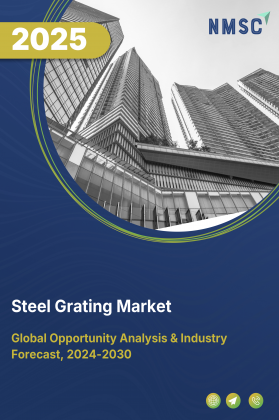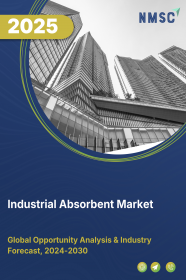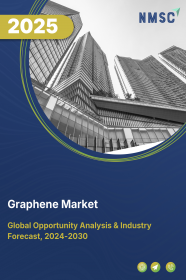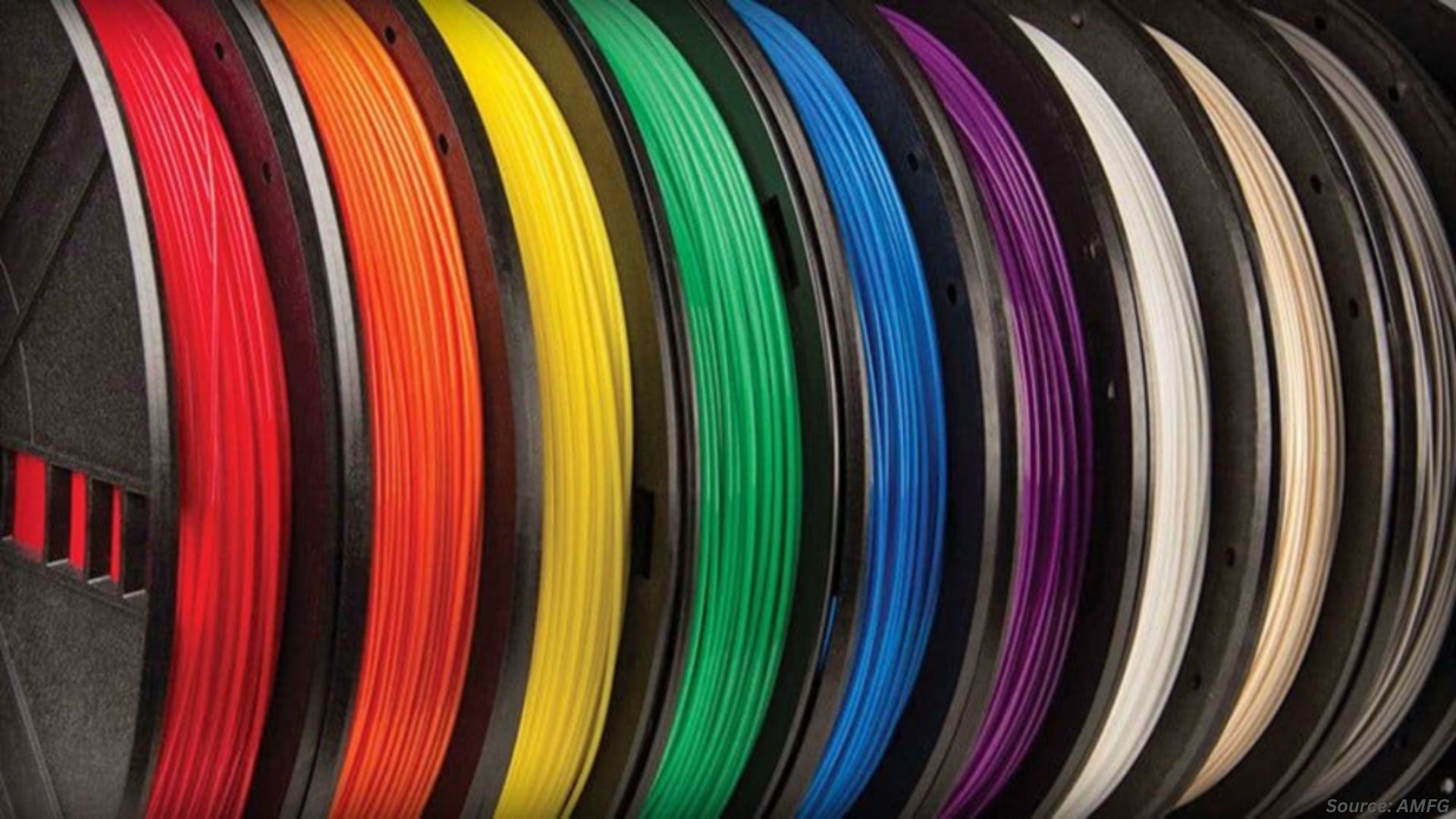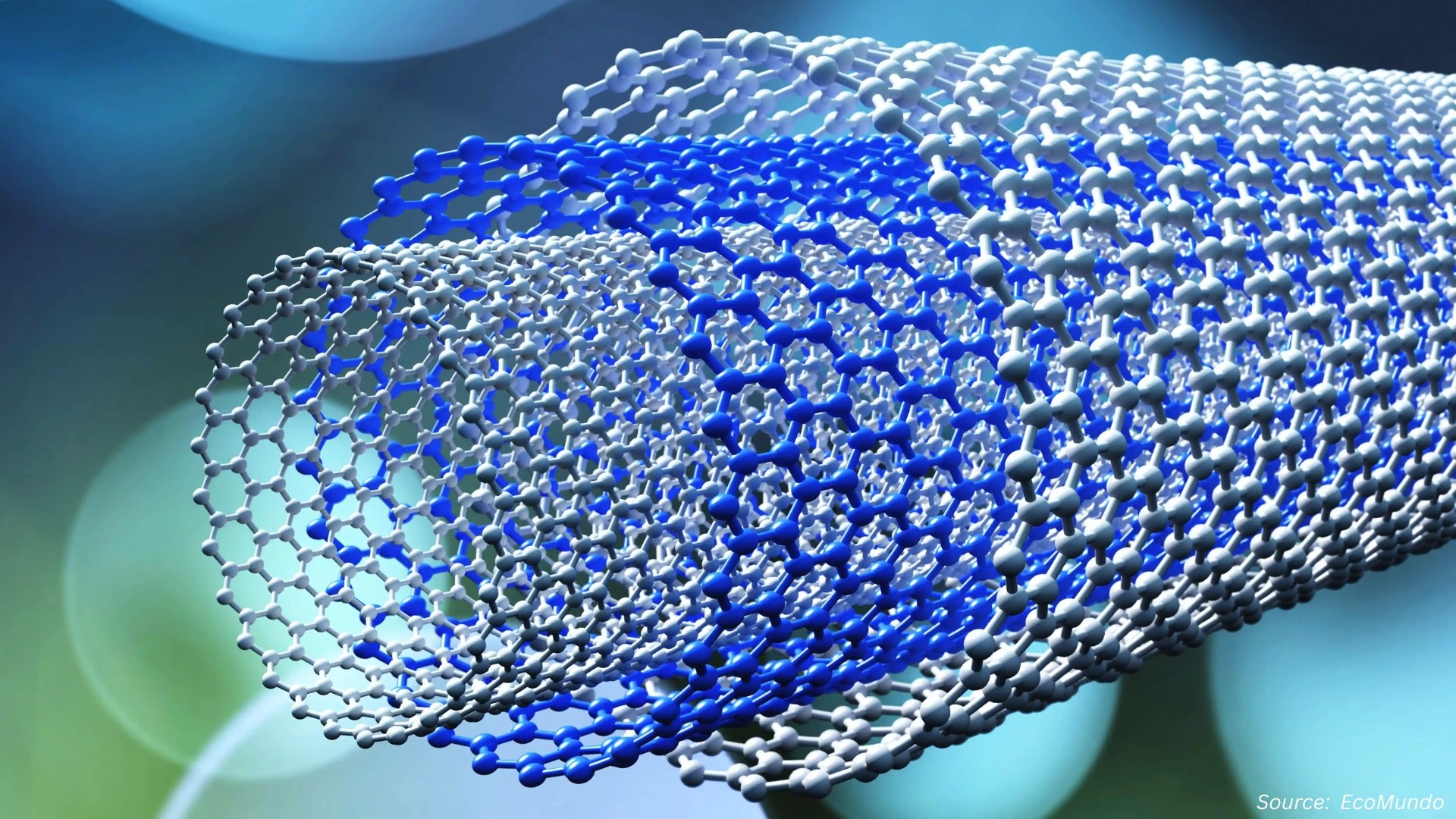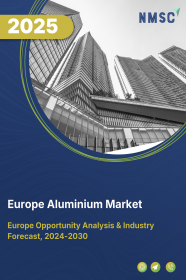
Europe Aluminum Market by Types (Primary and Secondary), by Product Type (Flat-Rolled, Castings, Extrusions, Forgings, Powder & Paste, Billets, Wire Rods and Other Types), by Alloy Series (1xxx Series, 2xxx Series, 3xxx Series, 4xxx Series, 5xxx Series, 6xxx Series, 7xxx Series), and by End User Industries (Transportation, Machinery & Equipment, Construction, Packaging, Electrical Engineering, Others End Users) – Country Opportunity Analysis and Industry Forecast, 2025–2030
Industry: Materials and Chemical | Publish Date: 20-Sep-2025 | No of Pages: 214 | No. of Tables: 254 | No. of Figures: 199 | Format: PDF | Report Code : MC1343
Industry Overview
The Europe Aluminum Market size was valued at USD 54.59 billion in 2023, and is predicted to reach USD 71.27 billion by 2030, at a CAGR of 3.9% from 2024 to 2030. The aluminum market includes the industry involved in the production, distribution, and use of aluminum, a lightweight, silvery-white metal. Aluminum constitutes about 8% of the Earth's crust and is known for its low density, high strength, and natural corrosion resistance due to an oxide layer. These features make it highly useful in sectors such as aerospace, automotive, construction, packaging, and electronics. Its low weight is especially beneficial for improving efficiency in transportation. The production process involves extracting aluminum from bauxite ore using the Bayer process and electrolysis.Advances in technology and recycling have improved the environmental sustainability of production, supporting industry growth.
Accelerated Electrification & Renewable Infrastructure Expansion Drive Aluminium Demand
Europe’s transition toward electrification and renewable energy is significantly boosting aluminium demand. Aluminium’s lightweight, durable, and conductive properties make it indispensable in modern power grids, wind turbines, and solar installations. As countries across the region expand renewable capacity and upgrade electricity transmission networks, aluminium is increasingly relied upon for cabling, structural framing, and energy-efficient components—cementing its role as a foundation of Europe’s green transformation.
Sustainability & Regulatory Momentum Elevate Low-carbon & Recycled Aluminium Supply
Strengthening sustainability regulations and consumer preferences are propelling Europe’s shift toward low-carbon and recycled aluminium. With circular economy practices at the forefront, industries are adopting secondary aluminium to reduce emissions and ensure resource efficiency. Leading producers are investing in advanced recycling infrastructure and low-emission smelting technologies, aligning with Europe’s climate goals. This strong regulatory and industrial push not only enhances supply resilience but also positions Europe as a global leader in sustainable aluminium production.
Energy-Driven Production Challenges and Trade Distortions Undermine Europe’s Aluminium Competitiveness
European aluminium producers continue to face mounting challenges as high industrial energy prices, alongside shifting global trade dynamics, weigh on production economics. Persistent energy cost disparities—where electricity can account for a significant portion of smelting expenses—undermine Europe's ability to compete with regions that benefit from lower-cost power and lighter regulatory burdens. At the same time, trade pressures such as U.S. import tariffs on aluminium and increasing competition from subsidised, carbon-intensive imports exert further strain on local producers. These combined factors—energy intensity amid volatile cost environments and distorted international trade—create material obstacles to Europe’s aluminium market expansion.
Expansion of Lightweight Green Hydrogen Infrastructure Creates Aluminium Market Opportunity
Europe’s ambitious hydrogen strategy is set to unlock a new frontier for aluminium demand. As the region invests heavily in green hydrogen infrastructure to decarbonize hard-to-abate sectors, aluminium is increasingly positioned as a material of choice for system design and deployment. Its exceptional strength-to-weight ratio, corrosion resistance, and recyclability make it well-suited for hydrogen pipelines, high-pressure storage tanks, offshore electrolysis platforms, and ancillary transport systems.
The lightweight nature of aluminium helps improve efficiency in hydrogen handling and distribution, while its recyclability aligns with Europe’s stringent sustainability mandates. Moreover, as hydrogen projects scale across industrial clusters, ports, and energy corridors, demand for advanced aluminium alloys tailored to withstand extreme pressure and environmental conditions is expected to surge. This emerging intersection of hydrogen infrastructure and material innovation presents a significant long-term growth avenue for Europe’s aluminium producers, positioning the industry as a crucial enabler of the continent’s clean energy transition.
Germany Holds the Dominant Market Share in Europe Aluminum Market
The machinery and equipment manufacturing sector significantly drives the Europe aluminum market demand due to its reliance on aluminum for various applications. Technological advancements, automation, and the need for lightweight yet durable machinery contribute to this demand. In 2022, Germany emerged as the leading importer of aluminum in Europe, with imports reaching 45 million metric tons, according to the International Trade Administration. The high demand for aluminum within this sector accelerates market growth and highlights the sector's crucial role in boosting the aluminum market.
Moreover, the expanding automotive industry in Germany is a major factor driving the aluminum market. This growth is driven by the industry's emphasis on lightweighting to improve fuel efficiency and meet stringent emissions standards. Leading automotive manufacturers, including Volkswagen, BMW, Mercedes-Benz, and Audi, prioritize the use of aluminum to reduce vehicle weight while maintaining safety and performance. This focus on aluminum as a critical material for advanced vehicle design further accelerates the demand for aluminum in the market.
Norway to Witness Substantial Growth in the Europe Aluminum Market
The aluminum industry benefits greatly from access to abundant natural resources, including hydroelectric power and bauxite. These resources are critical for aluminum production, providing both clean, renewable energy and essential raw materials. Hydroelectric power, being a sustainable and efficient energy source, supports a more environmentally friendly production process. Meanwhile, bauxite reserves ensure a steady supply of raw material for aluminum manufacturing. This advantageous resource availability significantly enhances the aluminum export capacity.
The focus on renewable energy, particularly hydroelectric power, plays a crucial role in advancing the aluminum industry by making production processes more sustainable. Hydroelectricity, as a clean and abundant energy source, not only reduces the carbon footprint associated with aluminum production but also lowers operational costs due to its efficiency and reliability. This sustainable energy approach positions the aluminum industry favorably against other energy-intensive industries that rely on fossil fuels, offering a distinct competitive advantage in the global market.
Competitive Landscape
Several key players operating in the Europe aluminum industry include Norsk Hydro ASA, Alcoa Corporation, Rio Tinto Aluminium, Emirates Global Aluminium PJSC (EGA), United Company RUSAL, Trimet Aluminium SE, Constellium SE, Novelis Inc., Speira GmbH, ElvalHalcor S.A. (Elval division), AMAG Austria Metall AG, Alro S.A., Raffmetal S.p.A., Grupo Alsa, Yeşilova Holding (Yenko Aluminyum), and others.
Europe Aluminum Market Key Segments
By Type
-
Primary
-
Secondary
By Product Type
-
Flat-Rolled
-
Castings
-
Extrusions
-
Forgings
-
Powder & Paste
-
Billets
-
Wire Rods
-
Other Types
By Alloy Series
-
1xxx Series
-
2xxx Series
-
3xxx Series
-
4xxx Series
-
5xxx Series
-
6xxx Series
-
7xxx Series
By End User Industry
-
Transportation
-
Aerospace
-
Automotive
-
Marine
-
-
Machinery & Equipment
-
Construction
-
Packaging
-
Food And Beverage
-
Cosmetics
-
Others
-
-
Electrical Engineering
-
Others End Users
By Country
-
The U.K.
-
Germany
-
France
-
Italy
-
Spain
-
Denmark
-
Netherland
-
Finland
-
Sweden
-
Norway
-
Russia
-
Rest of Europe
Key Players
-
Norsk Hydro ASA
-
Alcoa Corporation
-
Rio Tinto Aluminium
-
Emirates Global Aluminium PJSC (EGA)
-
United Company RUSAL
-
Trimet Aluminium SE
-
Constellium SE
-
Novelis Inc.
-
Speira GmbH
-
ElvalHalcor S.A. (Elval division)
-
AMAG Austria Metall AG
-
Alro S.A.
-
Raffmetal S.p.A.
-
Grupo Alsa
-
Yeşilova Holding (Yenko Aluminyum)
Report Scope and Segmentation
|
Parameters |
Details |
|
Market Size in 2023 |
USD 54.59 Billion |
|
Revenue Forecast in 2030 |
USD 71.27 Billion |
|
Growth Rate |
CAGR of 3.9% from 2024 to 2030 |
|
Base Year Considered |
2023 |
|
Forecast Period |
2024–2030 |
|
Market Size Estimation |
Billion (USD) |
|
Growth Factors |
|
|
Countries Covered |
12 |
|
Companies Profiled |
15 |
|
Market Share |
Available for 10 companies |
|
Customization Scope |
Free customization (equivalent up to 80 working hours of analysts) after purchase. Addition or alteration to country, regional, and segment scope. |
|
Pricing and Purchase Options |
Avail customized purchase options to meet your exact research needs. |

















 Speak to Our Analyst
Speak to Our Analyst



